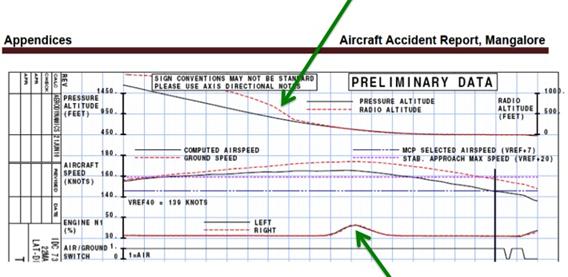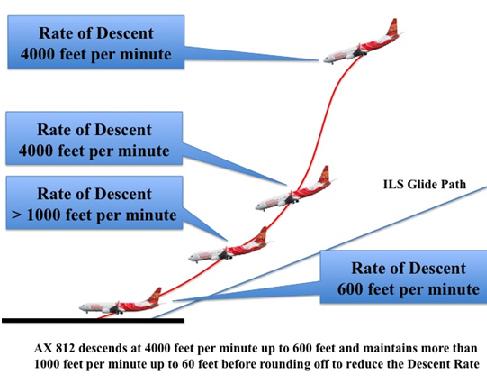Aviation India Demands Reopening of Air India Express Flight 812 Crash Investigation
By Jacob K Philip
It has now become clear that the Court of Inquiry that investigated the crash of Air India Express Flight 812 on May 22, 2010 had never considered a vital evidence that would have altered the very character and course of the investigation.
The ‘Flying Programme’ of Air India Express for the period of 17/05/2010 to 23/05/2010, a copy of which is now with Aviation India, throws light to the following facts:
- Capt. Zlatco Glusica, the Serbian Captain of the crashed aircraft was drawn in last minute to command the flight.
- The flights to and from Dubai (flight No. 811 & 812) were supposed to be training flights for Capt. Ahluwalia, who was due for a hike to Commander level.
In the programme, that was prepared on 13 May 2010, the name of the First Officer of the flight of course can be read as A. H. Ahluwalia. But in the column where the name of the commander was to be typed in, what appears is just three letters: TRG.
TRG means training. Should be commander training for Ahluwalia. But why the actual name of the Pilot in Command was not printed? Might be because Air India Express people were undecided about the person, when the schedule was prepared. But when it was actually decided to fill that gap with Capt. Glusica? When did Capt. Glusica, who had returned to India only on May 18 after a vacation in his country, was informed of this decision? Answers to these questions are very crucial because, in their eagerness to put all the blame on Capt. Glusica, the Court of Inquiry had repeatedly stated in the report that the Captain had slept , atleast for 100 minutes, in the return flight, inspite of getting adequate rest prior to the flight. And according to the CoI, the inertia caused by that sleep was the main cause of the accident.
From the Report:
The contributory factors (of the crash) were:
(a) In spite of availability of adequate rest period prior to the flight,the Captain was in prolonged sleep during flight, which could have ledto sleep inertia. As a result of relatively short period of time between hisawakening and the approach, it possibly led to impaired judgment. Thisaspect might have got accentuated while flying in the Window ofCircadian Low (WOCL).
(b) In the absence of Mangalore Area Control Radar (MSSR), due toun-serviceability, the aircraft was given descent at a shorter distance onDME as compared to the normal. However, the flight crew did not planthe descent profile properly, resulting in remaining high on approach.
(c) Probably in view of ambiguity in various instructions empoweringthe ‘co-pilot’ to initiate a ‘go around’, the First Officer gave repeatedcalls to this effect, but did not take over the controls to actuallydiscontinue the ill-fated approach.
What if Capt.Glusica was informed of the flight only some hours before?
What if he had not slept for the previous day being not aware of the sudden change in schedule?What if the Captain was not physically well after the long journey back India?
The scope of investigation of the CoI had never entered these zones exactly because this particular schedule mysteriously had escaped their notice.
The significance of the three letters, ‘TRG’ is in addition to this.
If it indeed was a flight in which the eligibility of Capt. Ahluwalia to get promoted to the post of Commander was to be checked, many of an observations and accusations the Court of Inquiry had put forward regarding the unhealthy ‘steep gradient of authority’ in flight 812’s cockpit suddenly becoming null and void.
A TRG flight justifies Capt. Glusica’s decision to pay not much heed to the first officers suggestions.
A TRG flight makes it clear why Ahluwalia never took over controls.
A TRG flight again makes it obvious why the Commander allowed the First Officer to do almost all the R/T communications.
The flying Programme of Air India Express for the period of 17/05/2010 to 23/05/2010 clearly is a new and material evidence on the basis of which a reopening of the investigation of the crash of Flight 812 can be ordered.
Jacob K Philip is Editor of Aviation India. He can be reached at jacob@indianaviationnews.net















